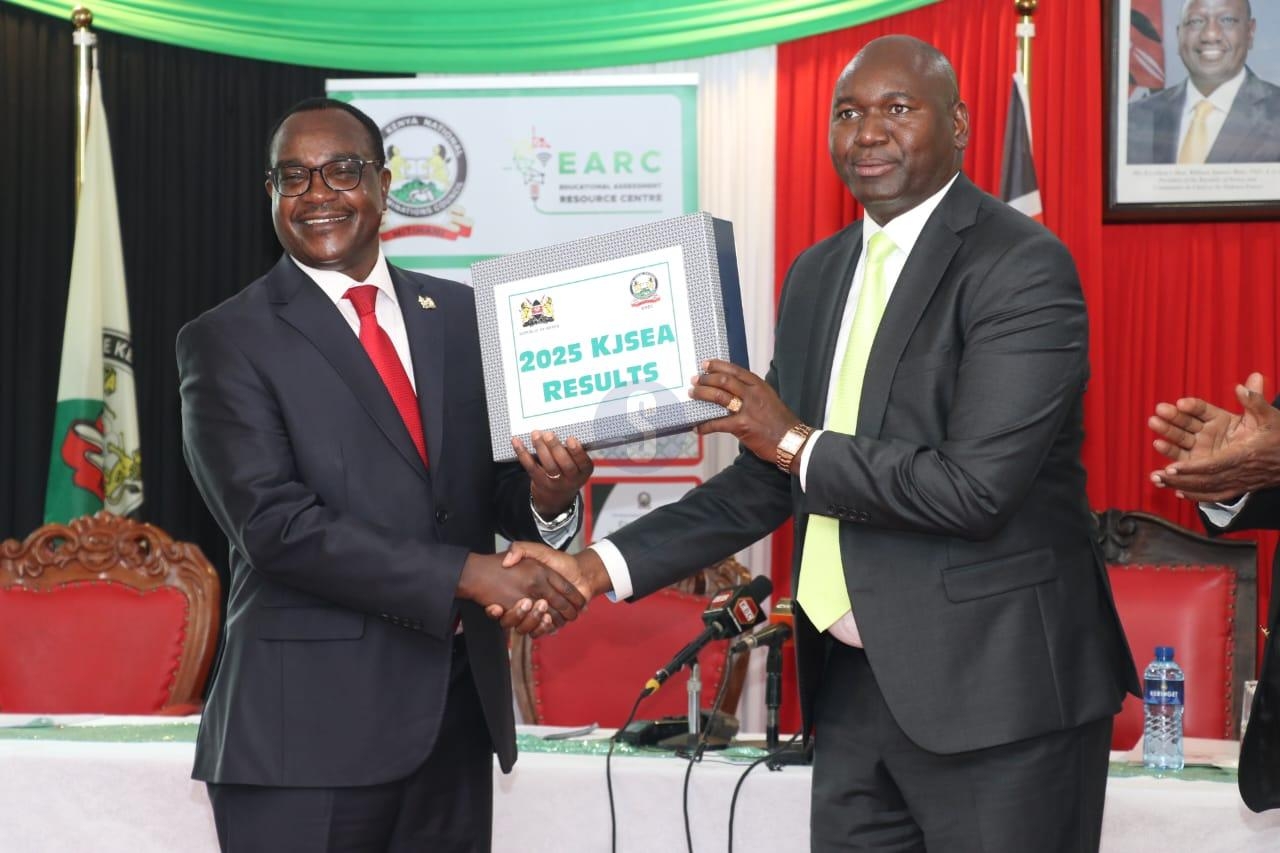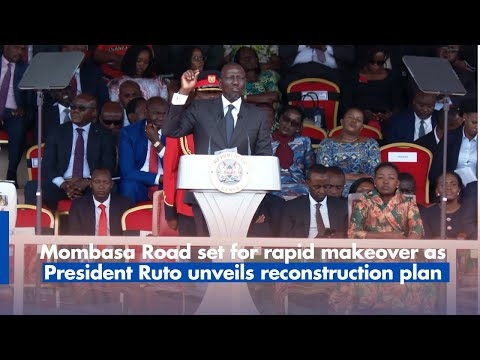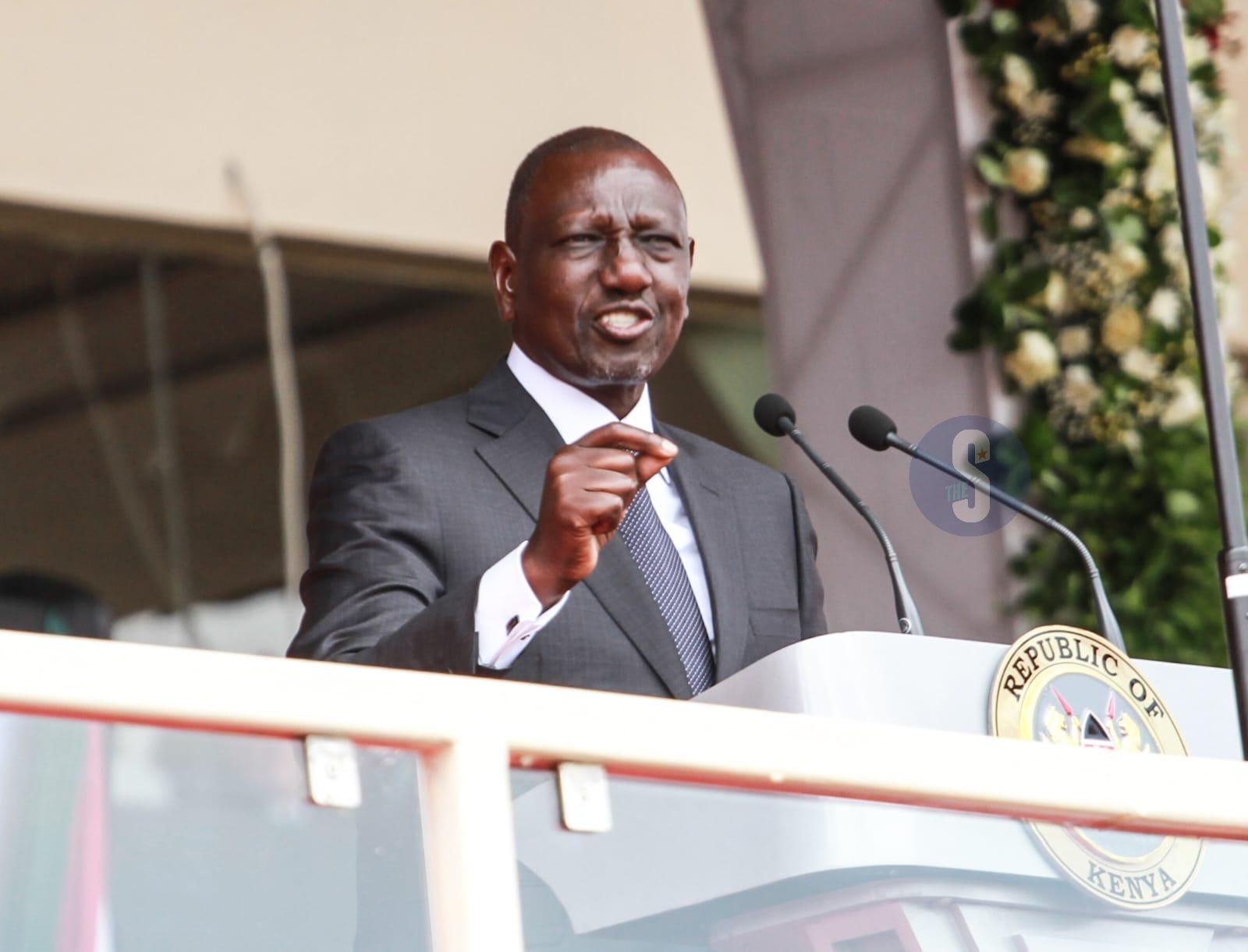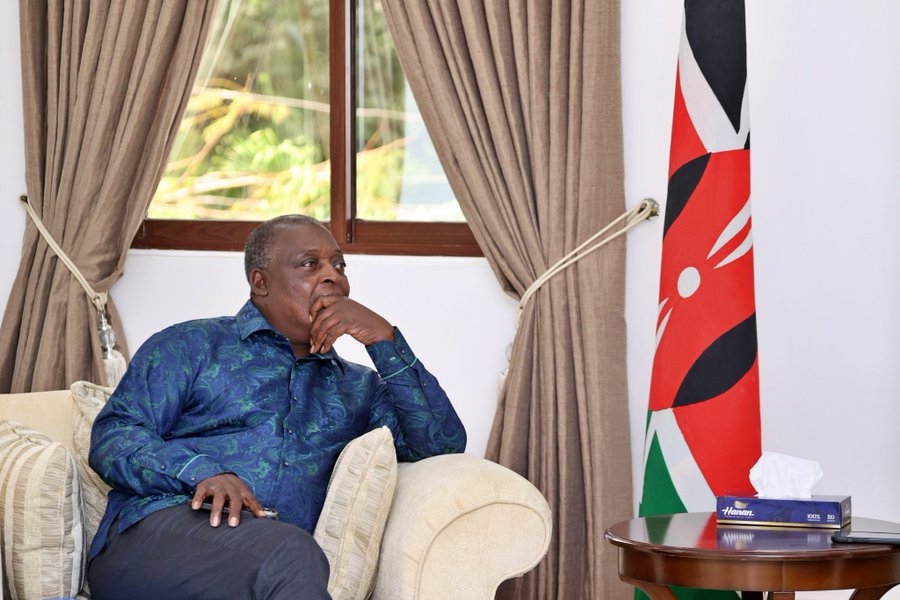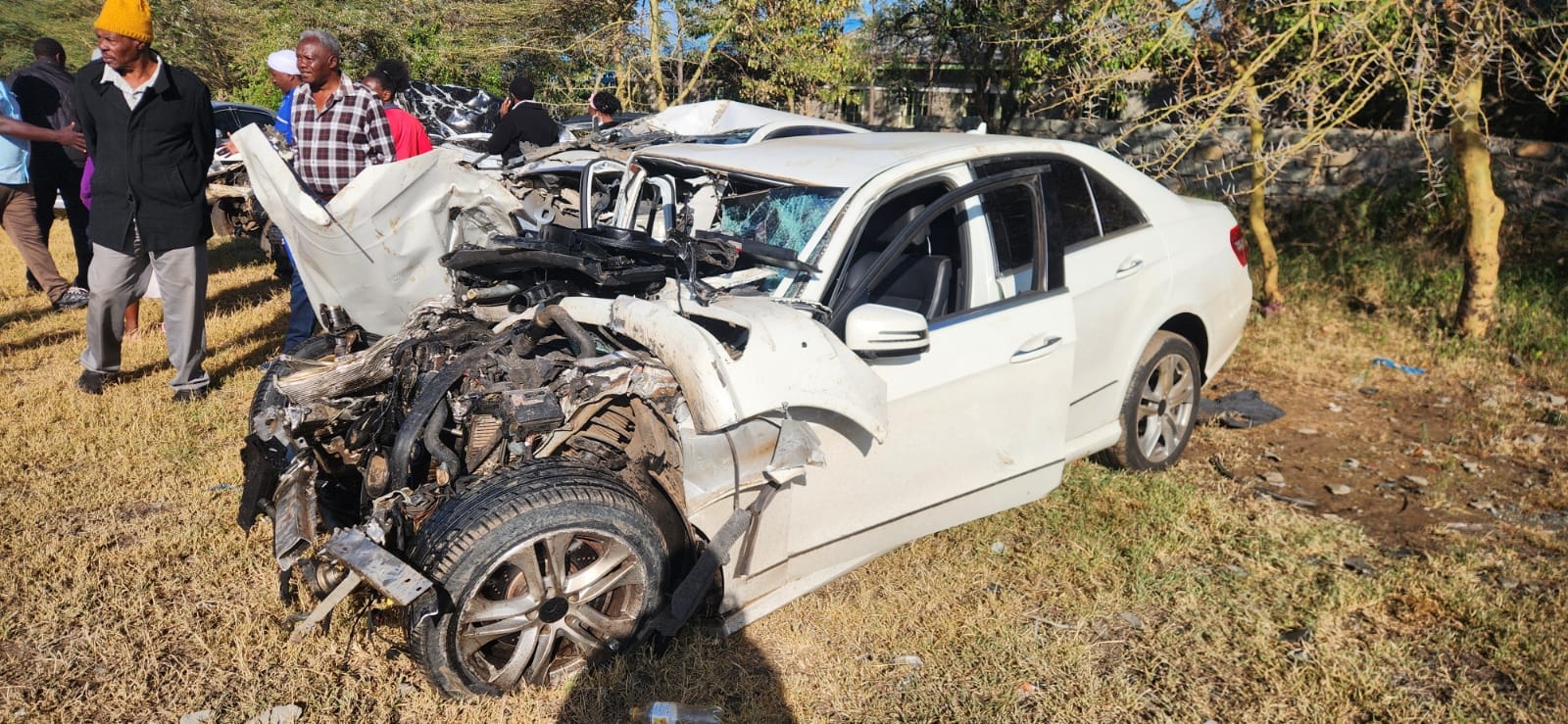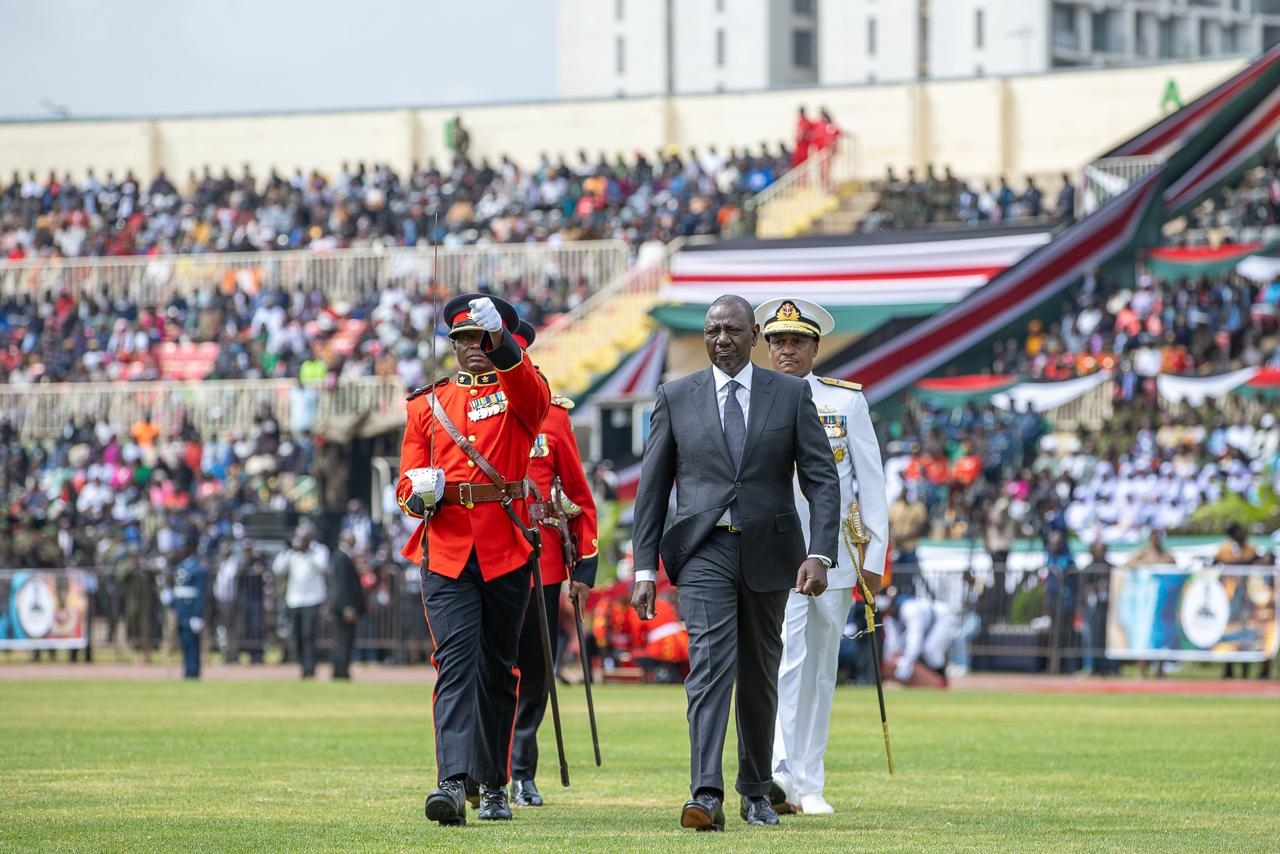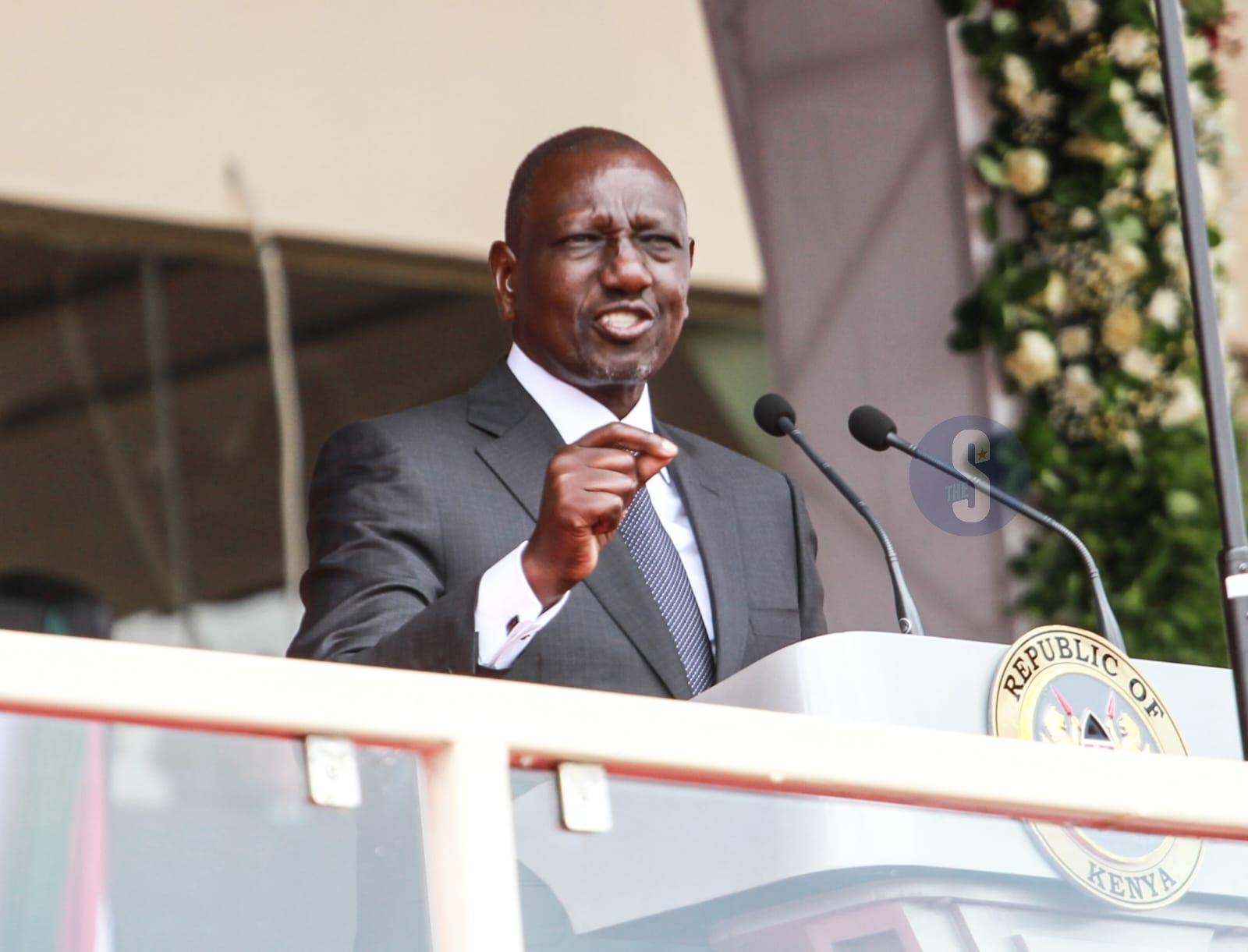
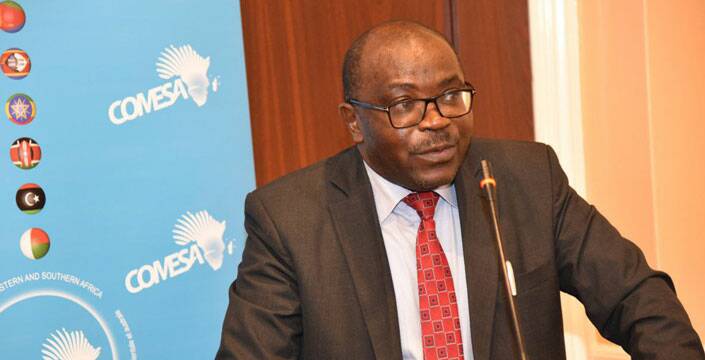
The Common Market for Eastern and Southern Africa (COMESA) wants member states, and by extension the continent, to increase intra-Africa trade to cushion the region from the Trump tariffs.
This comes as countries, including Kenya, stare at higher tariffs on exports to the US market following the expiry of the 90-day freeze, starting April 10, that was put in place on the new US tariffs for some countries, save for China.
The African Growth and Opportunity Act (AGOA), which has given Kenya and other eligible sub-Saharan countries up to 6,400 product lines duty-free access to the US market for the last 25 years, also expires in September this year.
While most countries have been slapped with a 10 per cent rate on their exports to the US, including Kenya, some have been hit with tariffs as high a 50 per cent.
Kenya’s textile and apparel industry is expected to take the biggest hit. Other exports to be affected include macadamia, coffee, black tea and organic coffee.
Speaking on Tuesday at the 41st Comesa trade and customs committee meeting in Nairobi, Director for Trade and Customs, Christopher Onyango, said countries must speed up implementation of the Simplified Trade Regime (STR) aimed at simplifying customs procedures and reducing trade barriers.
This is in addition to the comprehensive commerce strategy for implementing the African Continental Free Trade Area (AfCFTA), which is being modelled to prioritise regional value chain development, digital trade infrastructure harmonisation and governance.
This includes establishing regional manufacturing hubs, accelerating the adoption of the Pan-African Payment and Settlement System (PAPSS) and enhancing the AfCFTA Secretariat's monitoring capabilities.
“The most important thing is to work together as a commercial region, that we have united positions as far as developing our trade is concerned because ultimately, apart from what is happening in the US, it is like African countries are left on their own,” Onyango said.
“We have to be united in a way to make sure that we have common policies, we can implement them effectively, to be able to shield ourselves from the challenges that are coming out externally,” he added.
The Comesa secretariat is also keen on formalising cross-border trade for small traders to increase trade in the different regional blocs.
COMESA Trade and Customs Committee is the highest level of technical committee that reports to the Council of Ministers, which eventually makes executive decisions for consideration and implementation by member states.
The Nairobi meeting is expected to receive a report of the heads of customs in the Comesa region, who have also initiated a number of trade facilitation instruments, including the launch of the electronic Certificate of Origin last year among member states.
The meeting will further see the presentation of a draft commerce strategy for implementation of the AfCFTA trade regime, as AGOA renewal remains unknown.
“Kenya is one of the countries that will be highly affected. We are working towards how we can open up, expand the trade arena within ourselves even as we have those external markets in place,” said Onyango.
I think, as you mentioned, there could be a shortage, deficiencies in terms of value addition, which we are trying to promote, so that we do not rely just on primary products as we do export to other regional economies.
Kenya’s Trade PS Regina Ombam said while significant strides have been made in reducing tariffs, promoting cross-border investments and enhancing the competitiveness of economies, the global economic landscape is constantly evolving, presenting new opportunities and challenges that demand continuous attention and adaptive strategies.
“The ongoing implementation of the COMESA Free Trade Area, coupled with our engagement in the broader African Continental Free Trade Area (AfCFTA), necessitates robust discussions on ensuring seamless complementarity and maximising benefits for our member states,” Ombam said.
The continent, the PS said, must also address persistent non-tariff barriers, leverage digital technologies for trade facilitation and explore innovative solutions to enhance the resilience of supply chains, especially in the face of global disruptions and climate change impacts.
“Harmonising our customs procedures, therefore, remains paramount to reducing transaction costs and improving efficiency at our borders. Kenya remains steadfast in its commitments to the Comesa integration agenda,” said Ombam.
Trade within African countries could grow by up to Sh25.8 trillion if a free trade area is promoted, according to a report by Afreximbank.
Intra-Africa trade remains at a low of 14 per cent with most African countries being net importers of finished goods, compared to Europe’s 63 per cent.



